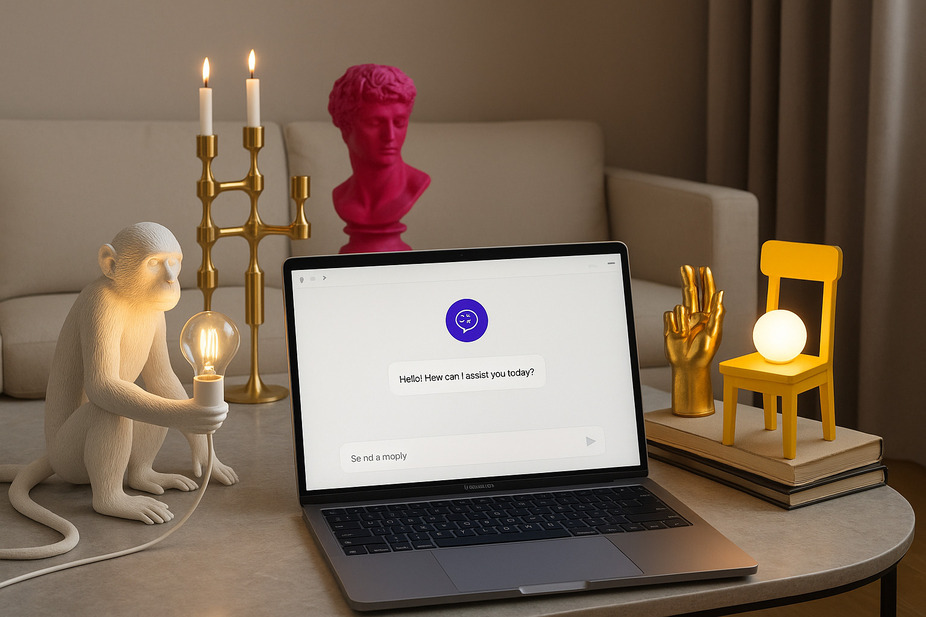Popular cryptos
Polymesh
Download Ironwallet app and get tool for making transaction without network fee
About Polymesh
Polymesh is a permissioned blockchain optimized for regulated financial assets like securities, bonds, and derivatives. It was created by Polymath to allow traditional financial assets to benefit from blockchain technology in a compliant way.
The Origin and Purpose of Polymesh
Polymesh was created by Polymath, a leading securities token platform. Polymath recognized the need for a blockchain tailored for regulated assets. Most public blockchains prioritize decentralization and anonymity over compliance. This makes them unsuitable for handling securities and regulated tokens.
To fill this need, Polymath built Polymesh. It is a permissioned blockchain optimized for regulated financial assets. Polymesh aims to bridge traditional finance with blockchain technology. The goal is to bring assets like stocks and bonds onto blockchain in a regulatory compliant manner.
How Polymesh (POLYX) Works
Polymesh is a permissioned blockchain built for regulated financial assets using the Substrate framework.
It uses a native token called POLYX to power the network. POLYX is used for fees, governance, and staking incentives.
Validators on Polymesh must undergo KYC and comply with regulations. This allows for features like identity management, compliance tools, and trading restrictions.
Polymesh aims to bring securities and other regulated assets onto blockchain in a compliant way. This allows traditional finance to benefit from blockchain’s advantages.
Key Features of the Polymesh Blockchain
Polymesh has several features that make it suitable for regulated assets:
Built on Substrate for CustomizabilityPolymesh uses the Substrate blockchain framework. Substrate allows highly customizable and configurable blockchains. This enables Polymesh to add features specifically for regulated markets like securities, bonds, and derivatives.
Permissioned ValidatorsUnlike public blockchains, Polymesh uses a permissioned set of validators. These validators must undergo Know Your Customer (KYC) identity checks. This ensures they comply with regulations in the jurisdictions they operate in.
Identity ManagementPolymesh has robust identity management tools. Asset issuers and traders must go through KYC and Anti-Money Laundering (AML) checks. This prevents anonymous trading and provides transparency.
Compliance ToolsIssuers can program compliance rules into securities they create. This includes trading restrictions, automated regulatory reporting, and built-in oversight.
Trading RestrictionsSecurities can have transfer restrictions programmed in. This prevents unregulated or unauthorized trades. Trades can also be limited to verified investors and jurisdictions.
Reporting ToolsIssuers and regulators can easily track and report transactions for audit purposes. This transparency ensures regulatory compliance.
The POLYX Utility Token
POLYX is the native token that powers Polymesh. It has several uses:
Paying FeesUsers pay POLYX to use the network features and create assets. As adoption grows, demand for POLYX will increase.
Governance RightsPOLYX holders can vote on protocol upgrades and other governance matters. This gives the community a say in Polymesh’s future direction.
Staking IncentivesValidators stake POLYX for the chance to validate transactions. They earn staking rewards in POLYX for securing the network.
The total supply is 1 billion POLYX. 15% was sold publicly, while the rest goes to the Polymath treasury, founders, investors, partners, and community initiatives.
How to Buy and Trade Polymesh (POLYX)
POLYX is currently traded on a handful of exchanges like KuCoin and Gate.io. Users can buy POLYX with fiat or popular cryptocurrencies like Bitcoin and Ether.
Once you have POLYX, it can be stored in any Ethereum wallet since Polymesh tokens are ERC-20 compatible. You can then use POLYX to interact with the Polymesh blockchain and DApps built on it.
For example, POLYX lets users create security token offerings, invest in regulated assets, pay fees, vote on proposals, and earn staking rewards. As adoption increases, using POLYX will become key for participating in Polymesh’s regulated decentralized finance ecosystem.
Competitors in the Regulated Blockchain Space
While Polymesh is purpose-built for regulated assets, it does face competition from protocols like Securitize, Tezos, and Cardano. These aim to support regulated digital securities and assets along with other functionalities.
However, Polymesh’s focus is more narrow – it only aims to be a compliant platform for regulated assets like securities and derivatives. This sharp focus on financial use cases gives Polymesh an edge among institutions and large investors.
Risks and Challenges in Polymesh Investment
- As a new project, Polymesh is still building integrations and partnerships to drive adoption. There is execution risk in gaining traction.
- Regulations are still evolving. Polymesh must continue adapting to new regulatory frameworks around blockchain and finance.
- Competitors are developing other regulated blockchain platforms. If one gains dominant market share, it may limit Polymesh’s adoption.
- Speculators have driven up POLYX’s price, increasing risk of price declines if adoption slows. Investors should be cautious of volatility.
- Polymesh’s narrow focus on regulated assets limits its total addressable market compared to general smart contract platforms.
Polymesh has potential to bridge traditional finance and blockchain but still needs to execute on development and marketing to drive usage and adoption. Careful analysis of adoption metrics is advised before investing in POLYX.
By optimizing blockchain for regulated assets, Polymesh seeks to bridge traditional finance with decentralized networks. Its identity-based permission system and compliance tools provide the transparency and oversight needed for securities. If successful, Polymesh could be the catalyst for trillions of dollars in financial assets migrating to blockchain. This would represent a major leap forward for regulated decentralized finance. With its laser focus on regulated assets, Polymesh aims to make this vision a reality.

























